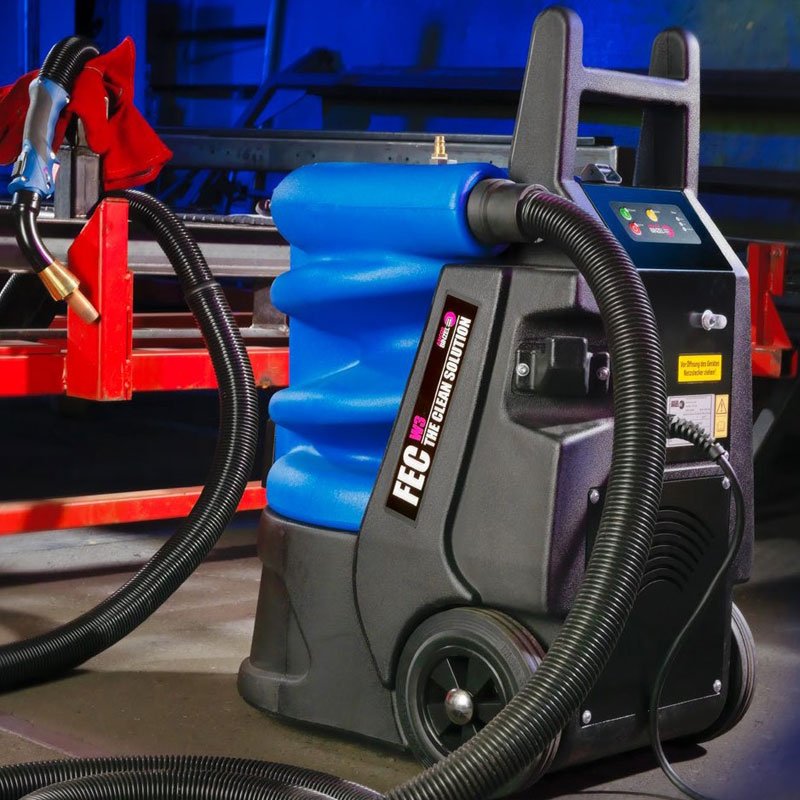An Australian scientific study recently compared the effectiveness of different welding fume control methods and products in reducing exposure to welding fume.
The methods analyzed were:
- On-Torch Fume Extraction (local exhaust ventilation, or LEV)
- Hooded Capture Extraction (LEV)
- Welding Helmet with a Powered Air Purifying Respirator (PPE)
In our opinion, where there is welding fume in a workshop LEV should always be the first option for control. If LEV is not possible, or there is still unacceptable exposure, then PPE is needed.
On-Torch Fume LEV was shown to be 33% more effective than Hooded Capture LEV in extracting welding fumes from the environment in this study, removing up to 97% of welding fumes on average.
Using On-Torch LEV, the fumes are removed from close to the weld pool during welding without extra effort by the welder. Conventional hood capture LEV often means the welder would have to stop to move the hood regularly to stay close enough to the weld pool for effective fume removal, so it becomes less efficient and fume removal is compromised.
On-Torch Fume Extraction can also reduce costs associated with welding helmet and PAPR consumables, such as outside cover lenses and particle filters, and contribute to cleaner workshop surfaces.
PPE such as Powered Purified Air Helmets should always be the least preferred means of control because they only protect the wearer, and only while their PPE is in use. With no other means of fume extraction, as soon as the PPE helmet is opened the welder is exposed to the fume hanging in the workshop air, as are any other people breathing in the same air space.


















